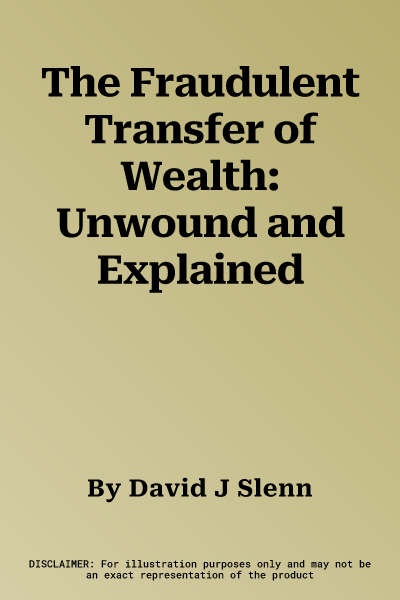Modern fraudulent transfer law dates back to the Roman era, however,
fraudulent transfer law in the U.S. closely reflects the law developed
in England and the Statute of 13 Elizabeth. This unique guide tracks the
historical development of this ancient creditors' rights law, as well as
addresses and warns against fraudulent wealth transfer.
Wealth transfer planning is a legitimate service if done properly.
However, it is important for all parties impacted by the transfer of
wealth to understand the scope and application of fraudulent transfer
law. This book discusses the factors involved with the fraudulent
transfer of wealth and outlines steps that planners can take to minimize
a transaction's exposure to avoidance. Proactive measures that creditors
can take to reduce the chance of losing assets or legal measures to
restore the creditor are discussed. Real-life scenarios are included to
show where advisers face liability for their role in facilitating the
transfer of wealth meant to frustrate a creditor's claim.
Today, the transfer of wealth can still be challenged successfully using
centuries' old fraudulent conveyance law. This book includes an
extensive listing of case law that provides ample opportunity for
creditors to analyze new strategies by analogy to old tricks. This book
will guide wealth transfer planners to plan for their clients
successfully, while navigating complex fraudulent transfer laws to
ensure the effective transfer of wealth.

